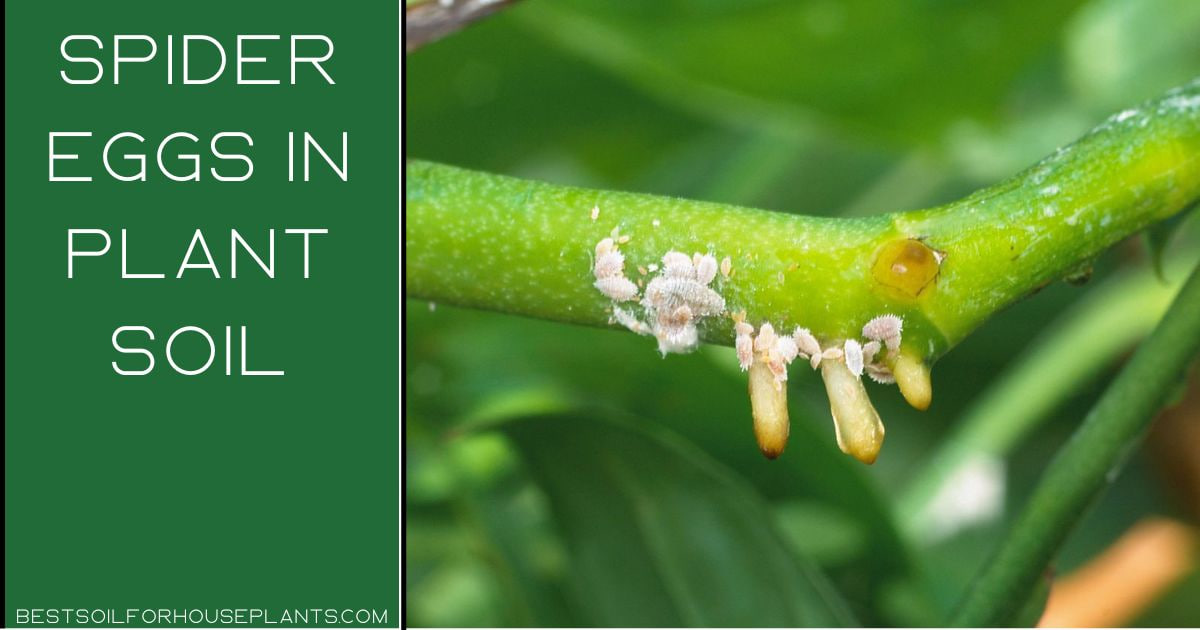Any gardener or farmer knows the joy of having healthy plants and ensuring that they are safe from pests and diseases. What is not always taken into consideration, however, is the presence of spider eggs in plant soil. Spider eggs can lay dormant for a long time until the perfect conditions for hatching appear. Beyond just taking away moisture and nutrients, spider eggs may even hatch either into harmless spider mites or into venomous spiders – both of which pose a threat to your plants and family. Thus, it is recommended to always check for spider eggs if you want to protect yourself and your lovely plants from any potential harm.
Preparing to prevent an infestation of spider eggs can seem daunting. Whether they are laid in your garden soil or even in plant pots inside the house, it is important to be aware of how to detect and effectively deal with spider egg infestations. Spider mites lay their eggs in groups with silky looking webs woven around them, perfect for protecting their precious cargo from birds and other predators. Knowing what to look for plays a huge role in avoiding egg complications and understanding the signs can greatly benefit anyone hoping to rid themselves, and their yard, of spider eggs before the issue progresses too far.
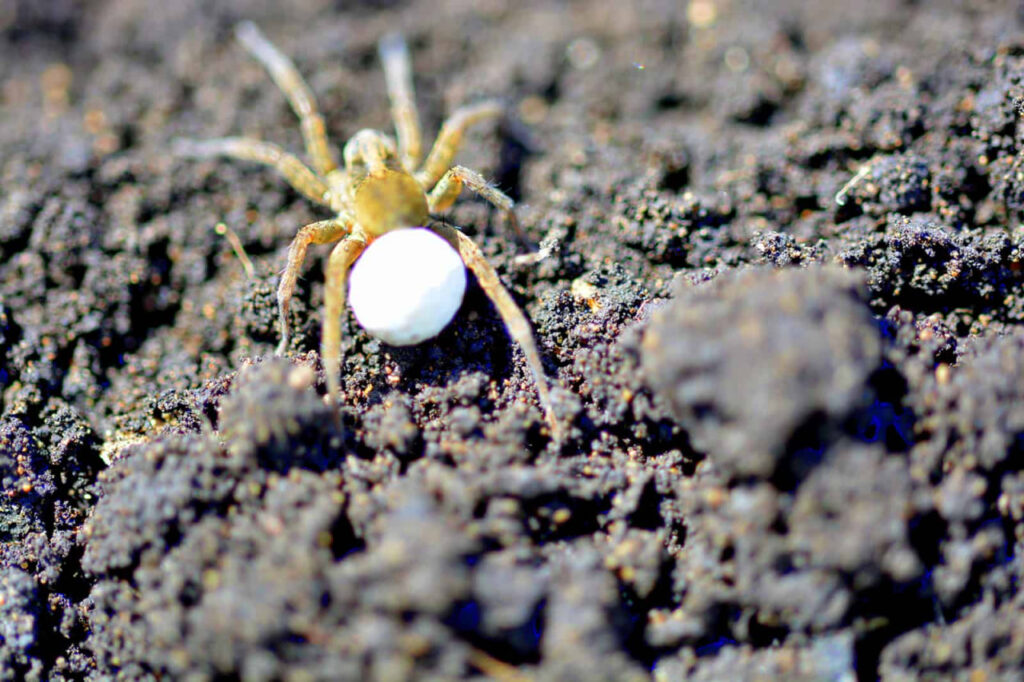
Identifying Spider Eggs
Spiders are masters of camouflage, as evidenced by the tiny sacs they spin to house masses of their eggs. Though small in size, these creamy white bundles offer a clue that you may be looking at something special – an entire nursery full of baby spiders.
How Many Spiders per Egg?
Every sac of eggs holds the potential to produce an impressive volume of baby spiders, with some species laying up to a thousand eggs per nest. This strategy ensures that as many hatchlings survive and thrive as possible, safeguarding each new generation for years to come.
Spider Mites
Wispy webs on greenery are often more than just an eyesore – they could indicate the presence of tiny, pesky pests. Spider mites have a knack for infesting plants and laying their eggs in soil or vegetation. Knowing these tell-tale signs can help you preemptively identify potential egg beds before it’s too late.
Spider mites can be particularly tricky to deal with, as they love warm and dry conditions in which their population size can quickly explode. If you see any webbing signs (sneaky pests that hide beneath foliage or on leaf joints!), make sure you are prepared to tackle the issue effectively by controlling not just existing bugs but also eggs before it becomes a menace.

What Are Spider Eggs in Plant Soil?
Warmer seasons create ideal conditions for a possible spider mite infestation. If you begin to see webbing, that may be a sign of an impending problem and it’s important to act quickly! These pesky critters are not easy to detect as they cleverly hide away in foliage or on leaf joints – but with the right preparation your plants can remain safe from their invasion.
– Spiders
Spiders are notorious for burying their eggs in the soil, but what exactly does a spider egg look like? Depending on the species of arachnid laying them, these sacs can come in various shapes and sizes. Nearly all have an otherworldly creamy white shade – smooth or raggedy as you please! And though they may seem small and insignificant up close, each sac contains hundreds to thousands of baby spiders waiting to hatch.
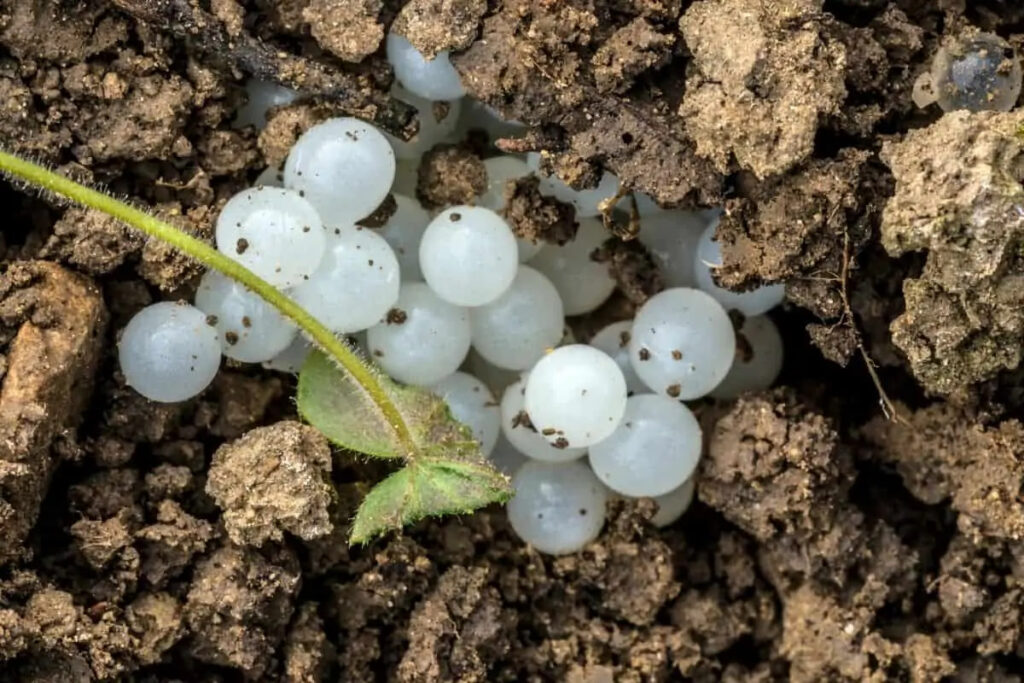
– Spider Mites
Spider mites are so small you need a magnifying glass to spot them! These minuscule creatures often appear as nothing more than tiny dots darting about, and their eggs remain virtually invisible.
A spider mite infestation can be a deadly problem for your plants, sapping them of their vital nutrients. As the pests feed on its sap, you may find leaves drooping and yellowing – an ominous sign that urgent action must soon follow to save what remains of your beloved greenery.
Uncover signs of trouble in your garden: inspect a leaf and you may find something unexpected lurking near the nodes—spider mites! These miniscule critters can be an indication that your plant is under attack.
– Why They Lay Eggs in Houseplant Soil
Spiders and spider mites are diligent parents, constructing a cozy nursery in the soil for their young. This environment of comfort is just what larvae need to make it through its critical developmental stages, plus plenty of sustenance from nearby plants helps them mature into hard-working adults.
Control of Spider Eggs in Plant Soil
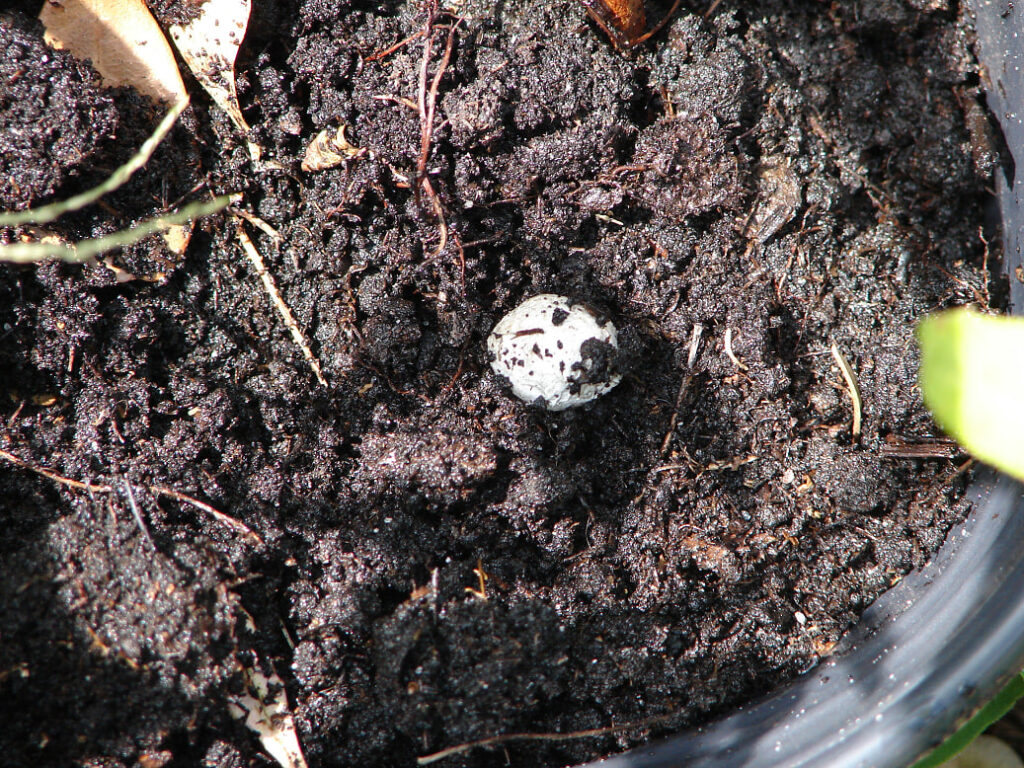
Non-Chemical Solutions
1. Altering the Watering Schedule
Spiders take into consideration various elements when selecting a suitable place to lay their eggs. Garden soil and houseplant pots provide the perfect habitat, with just enough moisture to prevent dehydration of spider eggs yet still being inactive soils under stable climatic conditions – all that’s needed for successful hatching! However, dry soil presents an obstacle as it won’t allow spiders’ fresh offspring to see the light of day.
When considering the use of soil moisture to eliminate spider eggs, think about the plant in question: hardy plants can easily withstand a natural drought and will help resist any reduction from this pest control measure. For those not as tolerant, water may be necessary for optimal growth; however it’s still possible to reduce egg populations through proper care.
Houseplants require special care and attention, but once you get the hang of it watering them can be a breeze. To avoid overwatering your plants try out the water-starvation method: simply wait until they’re looking parched before giving them some much needed TLC! This technique is quick to take effect so in no time at all you’ll have happy greenery thriving again.
Watering your plants too much or too little can have dire consequences for their health – and the spiders’! An imbalance of wetness disrupts millipedes’ and springtails’ life cycles, leaving fewer prey items for our arachnid friends. Too dry conditions may even draw in dreaded spider mites. To discourage these creepy crawlers, water-starving alone might not be enough; check out this guide to get more tips on ridding yourself of them.
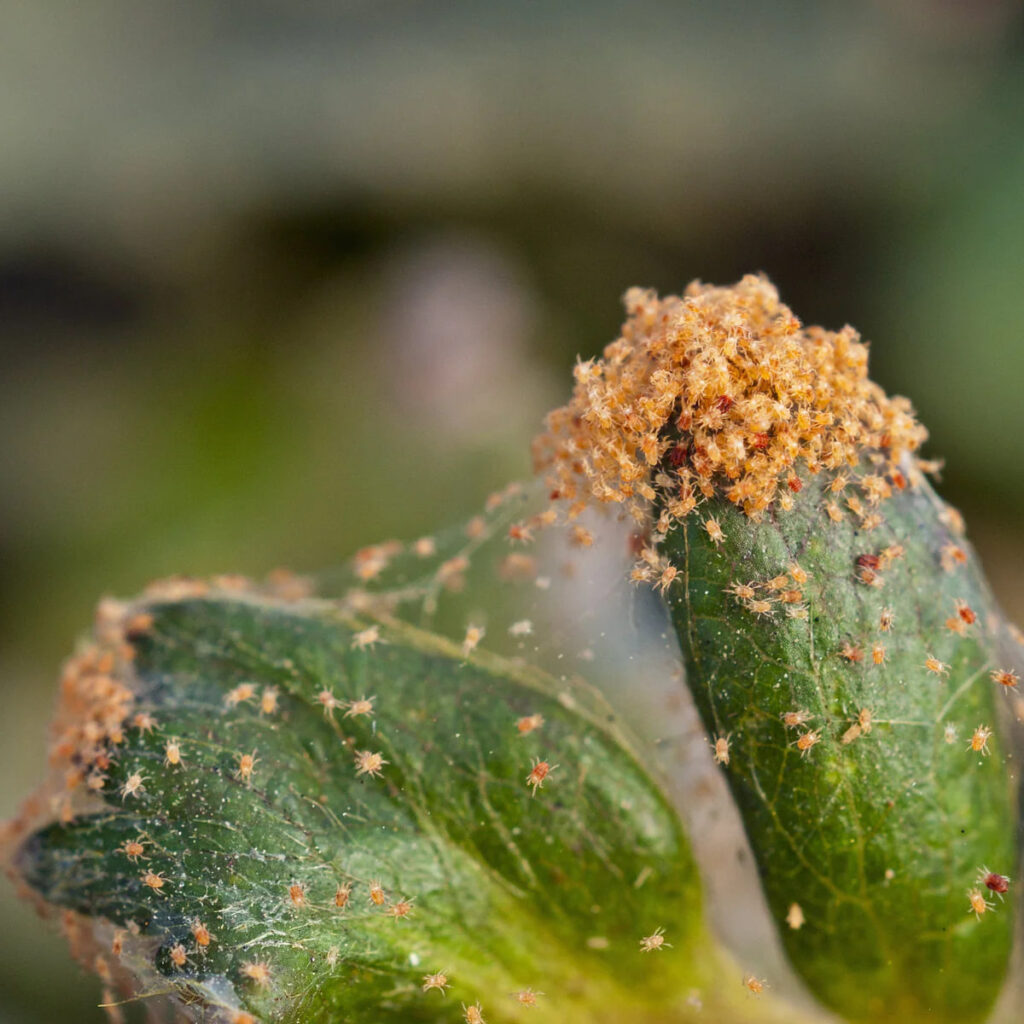
2. Using a Vacuum Cleaner
Got spiders in your houseplant soil? Rather than reach for the chemicals, try using a vacuum cleaner as an effective and safe solution. Just be sure to use it judiciously – vacuuming anything beyond potted plants will quickly bog down your device.
To protect your home from toxic arachnids and their eggs, keep an eye out for cobwebs in crannies and crevices. These are favorites spots of spider mamas looking to lay their young! To be sure you have all potential nests covered, vacuum the soil around plants as well – this will suck up any present bugs or egg sacs so they can’t spread throughout the house. By taking these easy steps, you’ll prevent yourself from coming face-to-face with a potentially dangerous surprise.
To prevent the spread of dangerous spiders, it is important to take all necessary precautions while cleaning out your plant soil. Wear protective gear at all times and use heat or cold methods such as burning or freezing when disposing of waste bags – never just throw them away! Taking these steps will help keep poisonous crawlers in check.
3. Eliminating Eggs by Hydraulic Pressure
If you’ve got a garden or some houseplants, one way to make sure they’re free of spiders and their eggs is by using a jet nozzle. Although it washes away the pests as well as their eggs due to its powerful pressure, there’s no guarantee that this will prevent new ones from appearing – in other words, it can only offer temporary respite for those few plants! What’s more: the sudden force alters your plant soil which could have long-term impacts on botanical life within; so be mindful when considering utilizing this method of pest control.
4. Remove or Repot Plants
If you’ve spotted spider webs, be prepared to check for spider eggs as well. The eggs hatch in a short period of time, resulting in large infestations that are detrimental to the health of your plants due to nutrient depletion. To prevent eggs from hatching, you can remove plants from the egg-infested soil and repot them in a new pest-free soil mix. Make sure to remove any dead leaves and sterilize the soil for a cleaner start before repotting to reduce spider mite eggs from transferring. Lastly, dispose of or use extermination methods like water-starvation or exposure to extreme temperatures on infested soils.
Chemical Solutions
1. Use Pesticides to Kill Spider Eggs
Spider webs can be a nuisance for many eager gardeners, but removing spider eggs with pesticides can be an effective way to keep their gardens free of spiders. Industrially-manufactured insecticides and pesticides are designed to eliminate the eggs within the soil, from spider mites to the common house spider. These specific pesticides contain chemicals that not only prevent the eggs from hatching, but also disrupt or kill the egg’s contents entirely. Though this will indirectly reduce the number of eggs laid in plant soil by killing spiders, it is still a useful and proven method for ridding any area of spider eggs.
Many gardeners realize the importance of controlling spider mites and other insects, as spiders are prolific breeders and their webs can cause a nuisance. As such, using insecticides or pesticides may be necessary to remove spider eggs and prevent them from hatching. While these methods may be effective at eliminating pest infestations, it is important to exercise caution when using chemical compounds as they can prove harmful to the plants you are trying to protect. For instance, some insecticides may disrupt plant chemical metabolism, leading to stunted growth or root burns. To avoid this issue altogether, consider removing spider eggs regularly for a low-risk option. If you’re going to use pesticides on your plants, try to limit it to inedible species so that there will be no risk of chemical contamination if consumed by humans or animals. Regardless of which control method you choose, always remember to wear protective gear and follow label instructions closely for safe usage.
Apply Quality Oil-Based Pesticides
Instead of using harsh chemicals which can harm the environment, opt for an oil-based pesticide to keep spiders away from your plants. This eco-friendly solution will not only repel new visitors but also deprive spider egg sacs of their life source – moisture! By slowly dehydrating eggs found in sodden soil cultures, you’ll help protect both your plants and our planet.
Apply Dry and Crystallized Pesticides
Apply granular pesticides like imidacloprid to your soil for a powerful spider-fighting tool. These crystallized pest killers come in the form of small grains, which disperse their poison as soon as water is poured on them – making sure that any and all eggs are destroyed! That way you can keep spiders at bay from not just surface level plants but those nestled deep down among the roots too.
2. Applying Hydrogen Peroxide
Looking for a way to rid your plants of pesky pests? Consider hydrogen peroxide! This unique approach works by foaming out eggs and larvae living in the soil, but care must be taken when applying as pure forms can have an adverse effect on plant health. Diluting it first will help protect those little green friends you’ve been caring for.
Say goodbye to pesky spider mites ruining your houseplant soil! Dilute hydrogen peroxide with five parts of water, apply it until all the eggs and pests are gone, then wave farewell to their infestation. Be sure you read up on application instructions before beginning – becoming a pro at pest control has never been so easy.
3. Using Rubbing Alcohol
Rubbing alcohol is an effective way to rid your houseplant of pests. Utilizing a cotton bud, you can wipe the powerful insecticide onto foliage and say goodbye to pesky spider mites – plus other unwanted guests! Leave no leaf behind as this simple solution will save any plant from harm’s reach.
To protect your plants, a dilution of rubbing alcohol with water is essential. The perfect ratio? A 1:3 solution that will provide just the right amount for pouring on soil without burning delicate roots.
4. Using Neem Oil
For a safe and effective way to rid your home of spiders, turn to the power of Neem oil! This natural pesticide is completely non-toxic but still highly effective; it works by disrupting the spider’s hormonal balance as well as their life cycles – even destroying eggs before they hatch.
Create your own all-natural spider repellent with Neem oil – mix a few drops of the oil into lukewarm water and dish soap, then apply it over any parts of the plants infested by eggs. Not only is this pesticide organic and cost effective, but even its presence alone will drive away those eight legged pests.
5. Using Castile Soap Water
Banish spiders and protect your plants with Castile soap! This magical solution uses fatty acids to not only wipe out spider eggs, but also their young—all while being environmentally friendly. Mix it up in warm water and spritz onto areas of infestation for sure-fire results; just be mindful that a high concentration can unintentionally harm the very things you’re trying to save.
Natural Predators
You can also control spider mites biologically by using natural predators
The natural predators that control spider mites’ growth are:
• Predatory mites
• Ladybugs
• Lacewings
Attract helpful insects to your garden by creating an inviting environment for them! Go easy on the pesticides, mulch flowers and flower beds – these can be harmful to beneficial bugs. If you’re looking for a more targeted approach, consider purchasing natural predators like ladybugs or leafhoppers online; they provide effective pest control while being safe around humans and pets alike.
Safety Precautions
Protecting yourself, your kids and pets when dealing with hazardous insecticides is essential. To ensure everyone’s safety, here are some necessary preventive measures to consider before spraying them around the home.
- Move the plant to a secluded room or area before spraying.
- It’s best to water the plant beforehand as a safety measure against chemical burns.
- Wear protective clothing, rubber gloves, and eyewear to prevent undue exposure.
- Wear hats because the scalp also absorbs chemicals from the air into the bloodstream.
- Keep children and pets away from the plant for at least several days after using the insecticide.
– Use Hydraulic Pressure
If indoor plants are a part of your life and you’re trying to get rid of the spider mites in their soil, using a jet nozzle is one way to control the population of spiders and their eggs. The powerful stream of water will force out already laid eggs and larvae, with some potentially being killed by the pressure. It’s also effective at getting rid of spider sacs on top of the soil. Though this method is not always foolproof and thorough, it is an option for those who don’t have a lot of time on their hands to work on indoor plant maintenance. Individually, spiders may not be an issue but when there’s too many I definitely wouldn’t call it a pleasant coexistence.
Having indoor plants can be a rewarding experience, but it comes with the responsibility of keeping an eye on the plant’s soil for any possible signs of spider mites. Spider mites lay eggs in the soil and if not controlled, they can quickly become a severe pest infestation that can pose a threat to your plant’s health. In order to spot these eggs, you will most likely need a magnifying glass – identifying them in good time is essential if you want to avoid this issue. Thankfully, there are both organic and chemical methods available when it comes to killing spider mites and controlling their eggs. Regardless of which way you choose, the goal remains the same – saving your indoor plants.
Read more: How to choose the pepperomia soil?

